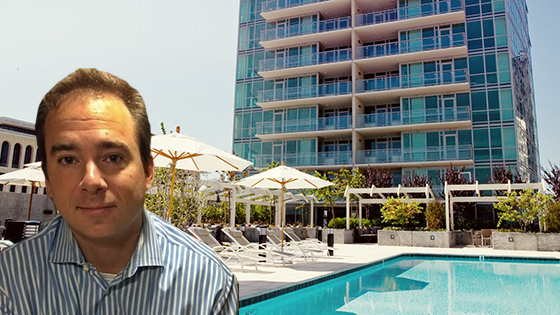Trending
Koreatown land sale prices rise while inventory narrows

Koreatown has $5.8 million in land sales already recorded for 2016, more than quadruple the $1.25 million it registered the previous quarter and a 10-fold increase from Q3 2015, according to data provided by JLL.
While the Koreatown submarket hasn’t yet reached the $23 and $24.4 million land sales it saw in the first and second quarters of 2011, respectively, it is well into an attractive upswing.
“As young Angelenos discover the convenience, dining options and nightlife of Koreatown, demand for multifamily housing is increasing quickly in this submarket,” Dan Tenenbaum founding principal of Pacific Crest Realty, told The Real Deal. “This is driving up land prices for developers, and this should continue over the next few years as rents are expected to rise.”
The seeds of the current land harvest in Koreatown were sown during the economic downturn. Investors bet on the area during the height of the recession, introducing significant building projects like the conversion of a mid-century office tower into posh condos called Summit on 6th at 3223 West Sixth Street. During the same period, a $165 million condo and loft tower called Solair rose from the dirt, and is now home to two-bedroom units that fetch $1.5 million each.
As a result of these and similar projects, Koreatown has become a population-dense area that now challenges its five-square-mile boundary.
The Koreatown submarket continues to boom with recent sales, although vacant land is at a minimum. In February, for example, 400 to 416 South Catalina Street sold for $5.79 million — a hefty price for a .64-acre parcel.
According to Brent Sprenkle, managing director of Berkadia Real Estate Advisors, the land sold as a development site and includes two lots with a potential for 70 new residential units. The location, just west of Vermont and north of Wilshire Boulevard, has high visibility and drew $234,000 a year from its existing income properties, which are expected to be razed by the new owner.
“The lack of land is a challenge to developing in Koreatown,” Tenenbaum said. “But there is also some neighborhood resistance to new apartment buildings that will have rents that current residents are unable to afford.”




